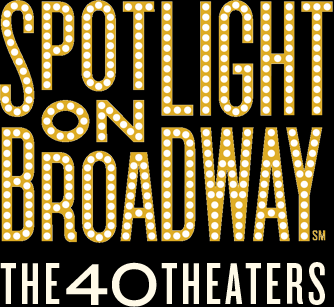Originally built in 1896 as the American Horse Exchange for Cornelius Vanderbilt, the Winter Garden was converted into a theater in 1911 by William Albert Swasey for the Shuberts.
One of the largest theaters on Broadway, it was intended to present grand musical productions. The location, north of the main theater district between 50th and 51st Streets, was a gamble but it suited the Shuberts’ needs for a 1,800-seat theater and vaudeville stage. The March 20, 1911 opening production, La Belle Paree, featured Al Jolson in his Broadway debut. A year after its opening, a grand runway was added along the length of the orchestra, which broke down the barrier between the audience and players. Nearly naked showgirls pranced along the runway, making the Winter Garden a very popular venue. As entertainment gradually shifted to more intimate revues in the 1920s, the Shuberts hired Herbert J. Krapp to remodel the theater to better accommodate these new productions. Krapp also reworked Swasey’s original interior with an adaptation of the eighteenth-century neoclassical Adamesque style with bands of plasterwork that emphasized the proscenium arch, the boxes, and the stylized Corinthian columns. Of the four theaters that Swasey designed for the Shuberts, only the Winter Garden survives. In keeping with the original vision of presenting musical productions, the Winter Garden has housed some of Broadway’s most successful productions, including West Side Story, 42nd Street, and Cats, which ran for eighteen years.






















